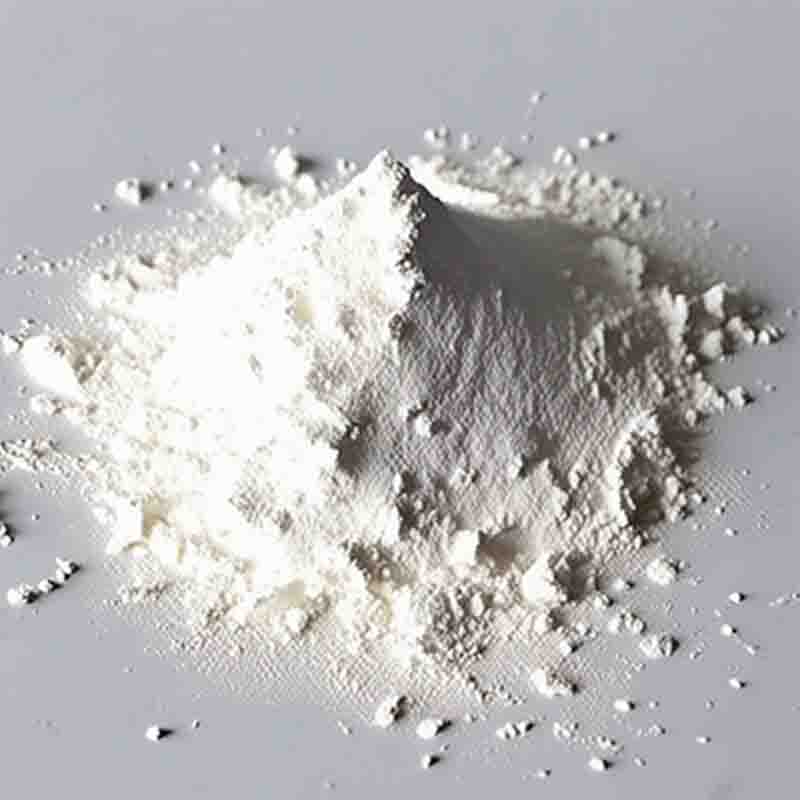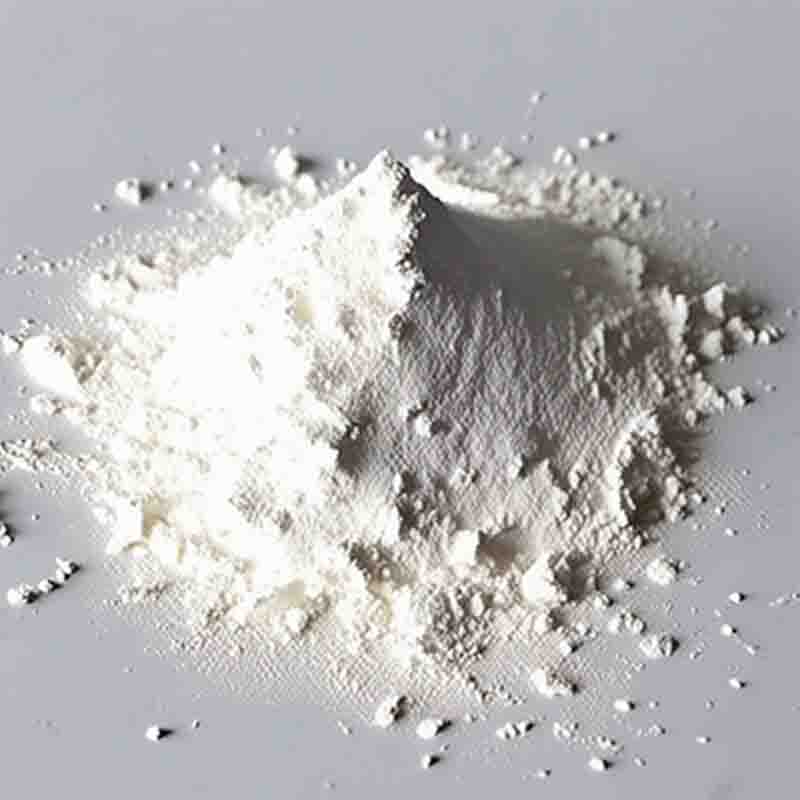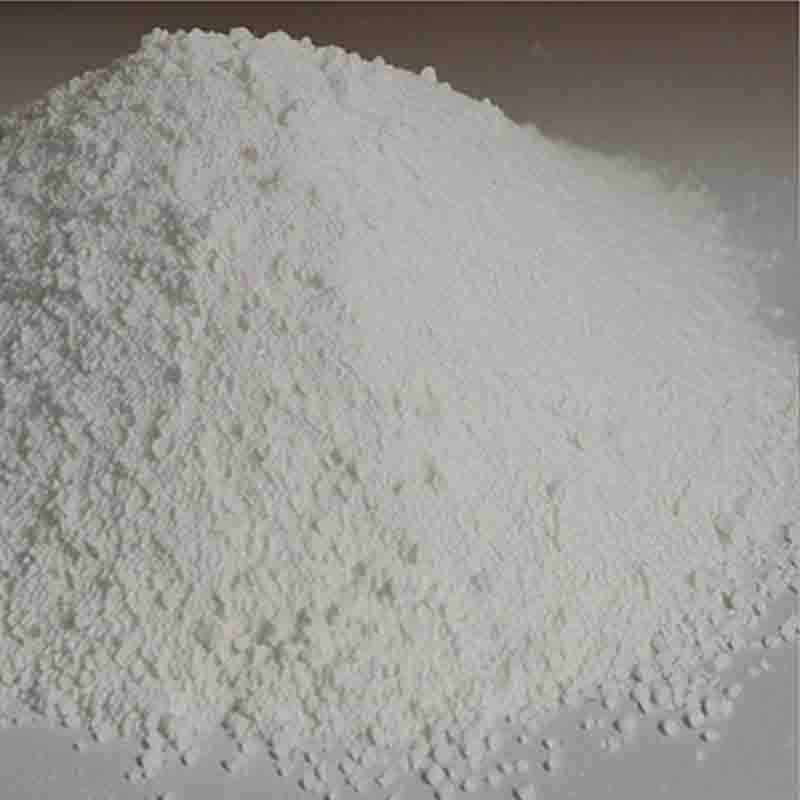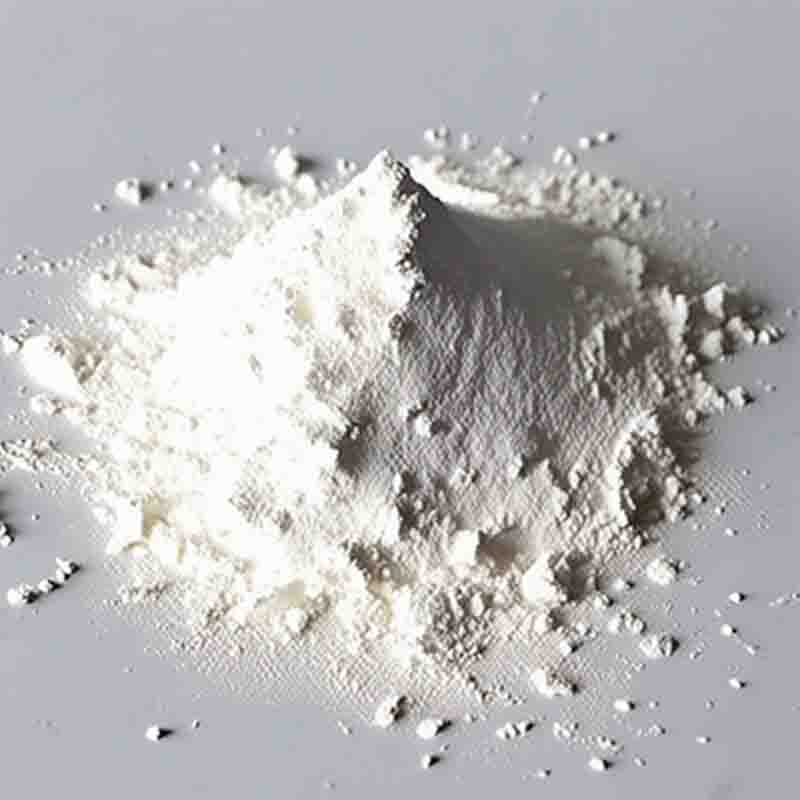4-(N-Methylpiperazino)aniline CAS: 16153-81-4
| Catalog Number | XD96112 |
| Product Name | 4-(N-Methylpiperazino)aniline |
| CAS | 16153-81-4 |
| Molecular Formula | C11H17N3 |
| Molecular Weight | 191.27 |
| Storage Details | Ambient |
Product Specification
| Appearance | White powder |
| Assay | 99% min |
4-(N-Methylpiperazino)aniline, a chemical compound, has several important applications in various fields such as pharmaceuticals, organic synthesis, and materials science.
One of the primary uses of 4-(N-Methylpiperazino)aniline is in the pharmaceutical industry, where it serves as a key intermediate in the synthesis of pharmaceutical compounds and active pharmaceutical ingredients (APIs). Its unique structure and reactivity make it a valuable building block for the preparation of a wide range of therapeutic agents, including antihistamines, antipsychotics, and other pharmaceutical products.
In the field of organic synthesis, 4-(N-Methylpiperazino)aniline is utilized as a versatile reagent in the preparation of various organic compounds. It participates in a variety of chemical transformations, serving as a valuable precursor in the synthesis of complex molecules and functional materials. Its use as a building block contributes to the development of new chemical entities and specialty chemicals.
Furthermore, 4-(N-Methylpiperazino)aniline finds applications in the development of dyes and pigments. Its chemical properties make it suitable for the synthesis of organic dyes with specific color properties and applications in textile, ink, and other industries.
Additionally, 4-(N-Methylpiperazino)aniline is used in the field of materials science, where it can serve as a building block in the synthesis of organic semiconductors and functional materials. Its role in the development of advanced materials contributes to the fabrication of electronic devices and optoelectronic applications.
Overall, the versatile applications of 4-(N-Methylpiperazino)aniline make it a valuable tool in pharmaceutical research, organic synthesis, and materials science. Its role as an intermediate, reagent, and building block contributes to the development of new chemical compounds, pharmaceuticals, and functional materials, making it an important area of research and development for various industries.







![TRANS-DI(MU-ACETATO)BIS[O-(DI-O-TOLYLPHOSPHINO)BENZYL]DIPALLADIUM (II) CAS: 172418-32-5](https://cdn.globalso.com/xdbiochems/白色粉末2698.jpg)

![5-Difluoromethoxy-2-{[(3,4-dimethoxy-2-pyridinyl)methyl]thio}-1H-benzimidazole CAS: 102625-64-9](https://cdn.globalso.com/xdbiochems/白色粉末2632.jpg)